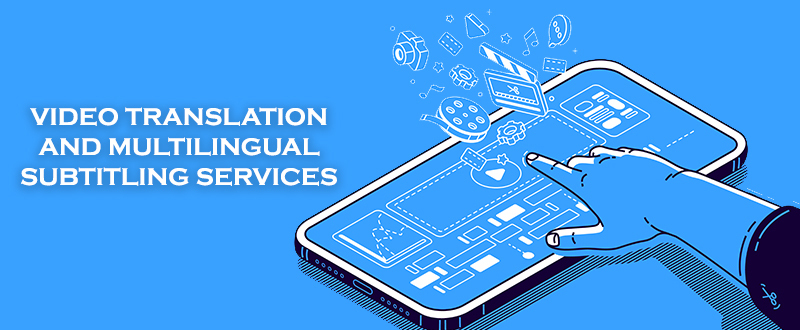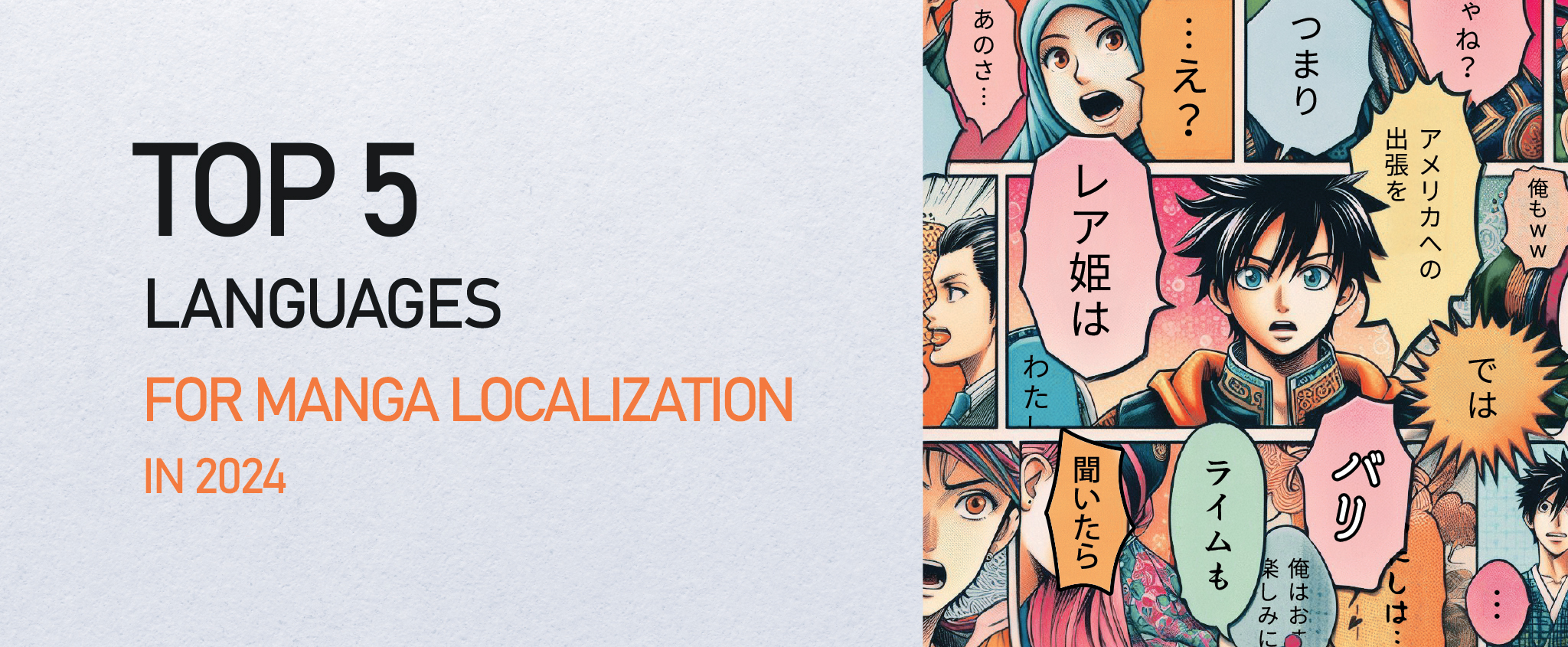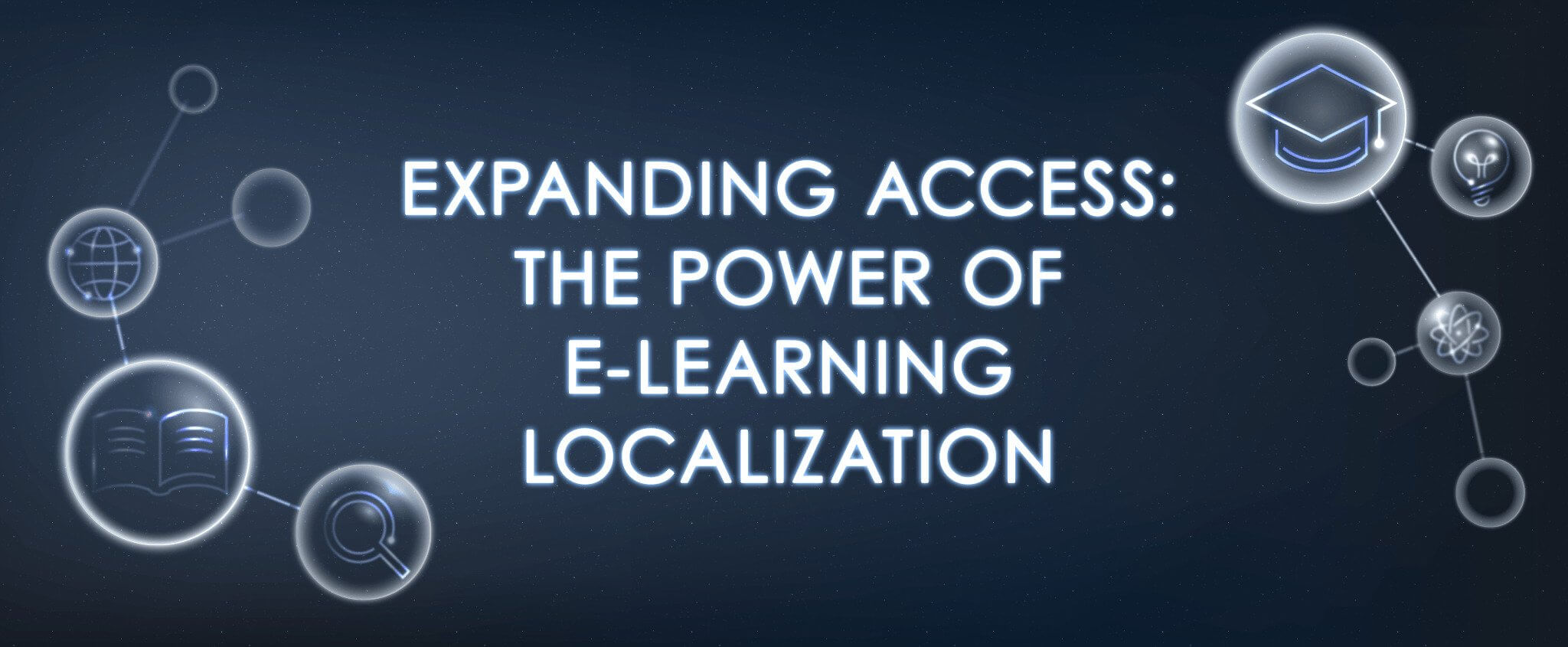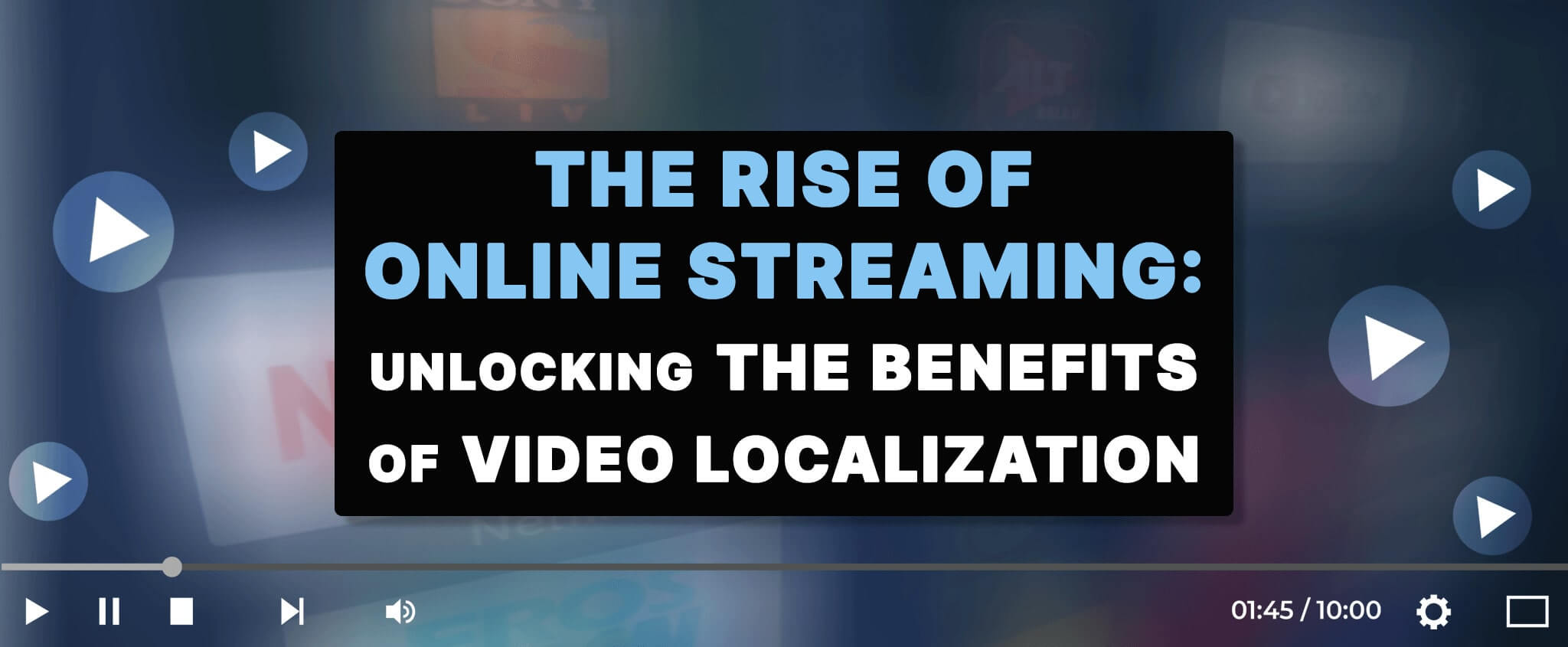Video Translation and Multilingual Subtitling Services
Multilingual subtitling and video translation help companies expand their businesses’ reach in the international market.
Key takeaways:
- Video content consumption increased in numbers from the past few years.
- Video translation services play a key role in publishing video content.
- Video translation and multilingual subtitling services help expand businesses globally.
- With video translation, companies can reach a broader audience and gain potential customers worldwide.
Table of contents
- Video Translation
- Subtitling and Closed Captioning
- Video Subtitling to Arabic Translation and Transcription
- What CCCI can Do for your Business
The consumption of video content had a significant increase in numbers globally since most of the people are confined in their homes due to the pandemic. The population of people aged 16 to 64 years old who watch online video content increased from 90% in the year 2020 to 91.9% in the year 2022 according to the yearly data report by We Are Social. It’s no wonder professional multilingual video translation and subtitling are in demand. Video translation and subtitling is quite more essential than we think it is. The service allows businesses to localize their products in some countries in the global market. Several companies have been exploring the option of expanding their reach globally and making use of video translation services to localize their video content.
Video Translation
As previously mentioned, video content consumption has been on the rise. Due to the pandemic, most global consumers spend more time online for entertainment, work, and shopping. Through shares, engagement, and hashtags, in just one post, video content from the US can reach Asia in just a span of seconds. With the potential to reach a more specific audience and increasing volume of video content, it became necessary to localize. Translating the audio for video content breaks the language barrier from market to market because people appreciate the content more when they can understand it. Video translation and localization became a demand.
Several businesses opted to use video localization to reach the audiences that they are targeting. But, what comes next after video translation? Is it enough? The answer is yes and no. Video translation is enough but it could always be more. An example would be transcribing the video in multiple languages to become localized subtitles.
Subtitling and Closed Captioning
Along with video translation,subtitling and closed captioning are also in demand. The millennial and Gen Z age group are becoming more focused on video content with tons of streaming platforms present today. With that being said, videos need to be more comprehensible. Video content can be more comprehensible when multilingual subtitles and closed captioning are present. But, what’s the difference between the two and how do they help businesses convey their messages through video content?
Subtitling
Subtitling is the process of transcribing the audio from the video content, translating them in the target language, and resyncing them to the video. Adding subtitles to the video content helps people to understand the video even without audio because they can read the message of the video. Also, it’s essential to optimize video content for silent viewing so that some consumers can enjoy and comprehend the video without turning on the audio.
Pro Tip
Pro Tip
Put sufficient time into subtitling. Even if you are in a hurry, subtitling is one of the vital parts of the video project, and for that, you should invest time and effort.
Multilingual subtitling is the key to breaking language barriers when it comes to video content. Integrating subtitles in different languages can help in broadening the spectrum of your company’s targeted audiences. It’s also easier to share these videos on social media as people will have the opportunity to share something that others can understand.
Closed Captioning
Closed captioning is audio-based transcriptions of the video. The audio is telling the story for them. Closed captions are for people who cannot hear the original audio of the video content properly. Closed captions include non-speech elements audio and it identifies the speaker as it narrates what happens in the video. This is also helpful for those who cannot see properly. Closed captioning is also important in a cultural context. So, if your company is planning to use closed captioning services, make sure to hire a company that’s already an expert in that field, just like CCC International.
At CCCI, we offer an array of video translation services for your company. Our team of language experts is guaranteed to give you the best quality video translation there is. Our video translation includes but is not limited to multilingual subtitling, professional translation and transcription, and video translation in up to 30 Asian and European languages in almost all industries. We are a company of language experts with over 10 years of experience in the translation and localization industry.
Video Subtitling to Arabic Translation and transcription
The Arabic language, as intricate and elegant as it is, is puzzling to understand and strenuous to speak. But, even with that barrier, the language still ranked 6th in the list of most spoken languages in the world. This is because most of the population in the Arab countries only speaks Arabic. With that being said, translating online content such as videos, from another language to Arabic is crucial for businesses who are planning to expand their market in the MENA region.
Engaging video content is a hit in the social media world. But, in order to engage with your target market, your brand should be able to speak the native language that is dominantly used in your target market. And if you can’t, at least give them a way to understand your content such as subtitling or closed captioning. Translating your video content to Arabic and providing subtitles in doing so is also an advantage to your business because it will be accessible for those who prefer to watch silent videos. Video content marketing is thriving in the Arab regions especially now that the World Cup 2022 will be held in Qatar.
Note: Keep in mind that Arabic is a language that does not let you make punctuation errors. Also, question mark in Arabic is inverted and looks like this:؟
What CCCI can Do for your Business
CCCI is a professional translation, localization, transcription and subtitling company. At our company, we provide quality solutions at scale using Artificial Intelligence (AI) with a human touch. Our mission is to help your company enter the global market.
Our video translation services are composed of but not limited to video voice over (closed-captioning), video subtitles and video transcription. We also provide video production, video editing and animation, and audio production services. We offer this service in up to 30 European and Asian languages such as English, Russian, French, German, Arabic, Spanish, Portuguese, Italian, Filipino, Armenian, and many more. We provide high-quality translation services in almost every industry worldwide. Our team of language experts will surely help your company unfold another chapter of your story by helping you enter the foreign market.
Are you ready to fine tune that video content of yours? Contact us here or email us at hi@ccci.am.
Check also – Insurance Translation: Services for Insurance Companies.






